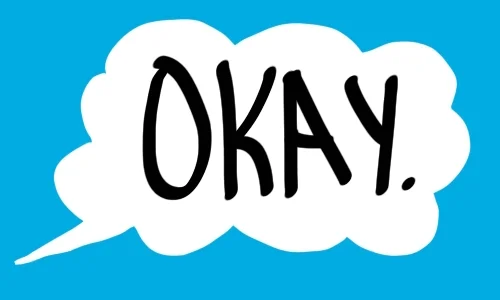Did you know the IELTS exam may require you to write a problem-solution-based essay?

These strategies will help prepare you for everything you need to know about how to write and ace an IELTS problem-solution essay.
What are IELTS problem and solution essays?
In Part 2 of the Writing exam, one type of question you can get is about the problems and solutions of a particular issue.
 Photo by Aaron Burden on Unsplash
Photo by Aaron Burden on UnsplashExample IELTS problem-solution question: In recent years, the number of employees experiencing stress in the workplace has increased significantly. State some reasons for this and provide possible solutions.
In other words:
What are the main causes of the problem of stress among employees at work?
What solutions exist that can reduce workplace stress?
The difference between cause and solution
It's important to understand the difference between the cause of something and the solution,as they're different.
The cause: the reasons that lead to a particular problem.
The solution: how to resolve the problem identified by the causes.

The IELTS problem-solution question might use synonyms for "cause" and "solution". For example:
What are the factors of the growing addiction to technology and how can individuals reduce their dependence on technology?
What are the reasons behind the increasing cost of housing? What policies can be implemented to make housing more affordable?
Quiz
Which alternative vocabulary can appear in the question instead of "solution"? Select all that apply:
Planning you answer
Read the question.
Does it ask you to discuss both causes and problems or only give solutions?
Our example of employee stress in the workplace asks for both the causes and solutions to stress at work, but some questions might only ask for causes and solutions, or only solutions.
 Photo by Edho Pratama on Unsplash
Photo by Edho Pratama on Unsplash2. Brainstorm vocabulary related to the topic.
For our example, we could use:
Causes of stress: fatigue, tiredness, overwhelmed, unable to cope, burnout
Solutions to stress: work-life balance, breaks, time management, flexibility
Quiz
What is this question asking you to answer: "What are the reasons for rising rates of obesity in developed countries?"
How to write the introduction
It is a good idea to paraphrase the question. Then highlight your main points about the problem and solution.

From our question about workplace stress:
Paraphrase: One of the most serious issues facing employees in the last few years at work has been the rise in stress.
Highlight: One of the main reasons for this is that workloads have increased significantly.
Cause and consequence vocabulary
Keywords can help you highlight important points of your argument.
Cause vocabulary
Trigger: something that initiates a particular action, event, or process
Factor: a circumstance contributing to a particular result
Root cause: the fundamental reason behind a problem
Catalyst: something that speeds up a process
Contributing factor: something that adds to a cause or worsens a situation
Consequence vocabulary
Outcome: the result of an action, event, or situation
Impact: the effect that something has on a situation
Ramification: a consequence or result, often complex or unexpected
Repercussion: an unintended consequence of an action
Aftermath: the consequences of a significant event, typically after it ends

A root cause of stress in the workplace comes from employees being overwhelmed with work and becoming burnt out. A repercussion of this cause is that employees cannot complete their work on time or to a good standard.
Essay structure
Typically you'll divide your essay into four paragraphs:
Introduction
Body paragraph 1
Body paragraph 2
Conclusion

For our example of stress in the workplace, body paragraph 1 will cover the causes of the problem, and number 2 will talk about possible solutions.
For the conclusion, sum up your ideas and link them together in one or two sentences. Start the sentence with "To conclude" or "In conclusion" so the examiner can easily see you have included a conclusion.
Quiz
How would you structure your answer to this essay question: What barriers prevent certain groups of people from accessing higher education?
Common mistakes

Candidates can often:
Misunderstand the question: This can lead to answers that aren't relevant or incomplete.
Provide vague solutions: Try to give clear examples to illustrate your points.
Overlook root causes: Make sure you identify the main causes of the problem.
Lack structure: Use clear topic sentences, supporting details, and logical transitions between paragraphs.
Repeat ideas: Don't repeat the same arguments throughout your essay. Make sure you add new points.
Take Action
Your feedback matters to us.
This Byte helped me better understand the topic.

